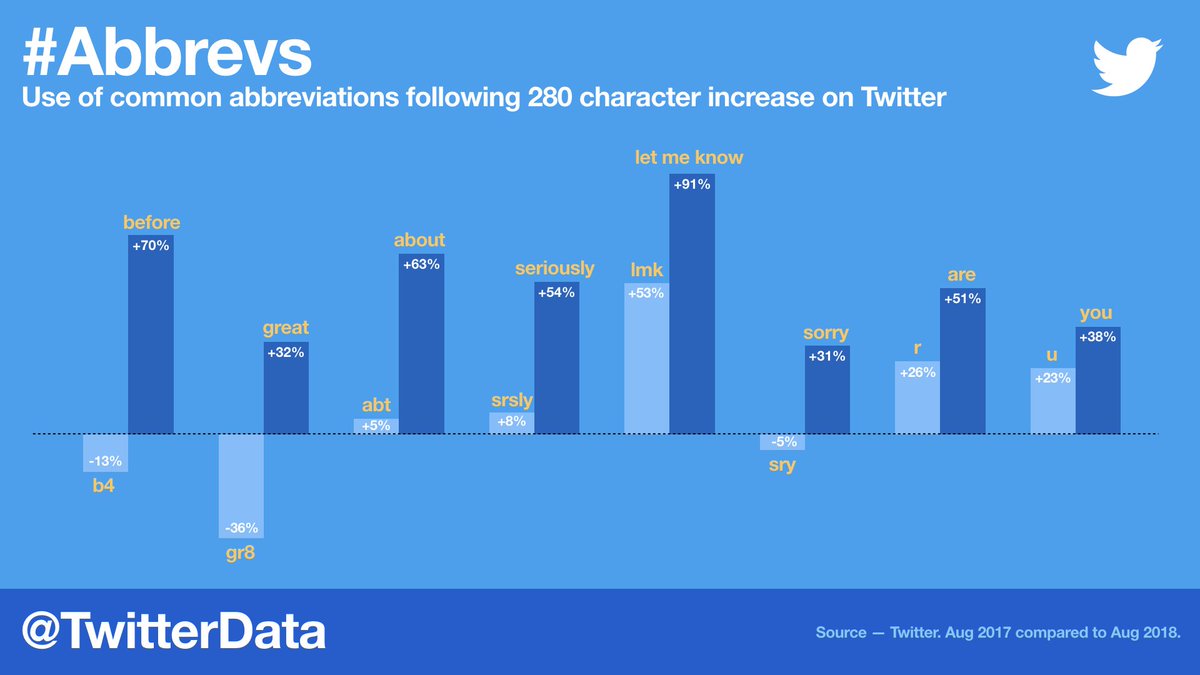Postcard From Luxembourg: normality is restored prior to vaccination.
I’ve repeatedly said that “test, test, test” is madness, if the tests are unregulated. Why?
‘Because pandemic’, NO PCR mass testing has a declared operational false positive rate.
With very high numbers of tests per day, even low oFPR can make a major contribution to the apparent number of “cases”. It’s not correct to assume...
It’s worth stepping back & asking “if mass testing is untrustworthy & unregulated, why are we doing ever more of it?”
It’s a good question.
Why we ever started down this road is another. Recall what humans have done for millennia when trying to assess if a...
Armed now with the novel concept of “asymptomatic transmission” & funded mightily by the taxpayer, private labs went full steam ahead on mass testing. Remember, we’ve no idea...
Bluntly, I...
Everyone else, please know that until proper validation is done on the PCR mass testing system, the daily number of “cases”...
Once that penny drops, you surely appreciate what it means? That none of the data can...
More from Yardley Yeadon
@ukiswitheu I invite people to run the thought experiment: “what if the ‘cases’ data is inaccurate?”
Ignore ‘cases’, look instead only at excess deaths (per M Levitt’s tweet). Does that look characteristic of an epidemic? It’s completely diff from spring or any winter flu outbreak.
London:

Can anyone explain why there is no ‘2nd wave’ of excess deaths in London, without invoking herd immunity?
It’s not lockdown. See NW England:
This is the largest #SecondaryRipple (which I predicted).

https://t.co/b0rT5Lq9HI
Now check the 3 predictions I made months ago. They’ve all happened. Compare predictions from SAGE’s statements: they’re all wrong.
Even neutrals at this point might ask themselves “if he’s been right on all predictions, maybe he’s correct now?”

I’ve been saying since the Lighthouse Labs got up & running that I’m deeply sceptical about the trustworthiness of their ‘cases’ data. I showed how, at low virus prevalence, the PCR mass testing data was throwing out potentially 90% positives being
https://t.co/t4qQN4rH0u
I got ‘fact checked’ a LOT over that statement. This paper just published, about precisely that time period I speculated about. Turns out that high-80s% of Dr Healy’s positives by PCR were FALSE. This alone is sufficient in my view to throw severe doubt...
Ignore ‘cases’, look instead only at excess deaths (per M Levitt’s tweet). Does that look characteristic of an epidemic? It’s completely diff from spring or any winter flu outbreak.
London:

Can anyone explain why there is no ‘2nd wave’ of excess deaths in London, without invoking herd immunity?
It’s not lockdown. See NW England:
This is the largest #SecondaryRipple (which I predicted).

https://t.co/b0rT5Lq9HI
Now check the 3 predictions I made months ago. They’ve all happened. Compare predictions from SAGE’s statements: they’re all wrong.
Even neutrals at this point might ask themselves “if he’s been right on all predictions, maybe he’s correct now?”

I’ve been saying since the Lighthouse Labs got up & running that I’m deeply sceptical about the trustworthiness of their ‘cases’ data. I showed how, at low virus prevalence, the PCR mass testing data was throwing out potentially 90% positives being
https://t.co/t4qQN4rH0u
I got ‘fact checked’ a LOT over that statement. This paper just published, about precisely that time period I speculated about. Turns out that high-80s% of Dr Healy’s positives by PCR were FALSE. This alone is sufficient in my view to throw severe doubt...
More from Society
It is simply not correct to point fingers at wind & solar energy as we try to understand the situation in TX. The system (almost) had a plan for weather (almost) like this. 1/x
It relied on very little wind energy - that was the plan. It relied on a lot of natural gas - that was the plan. It relied on all of its nuclear energy - that was the plan. 2/x
There was enough natural gas, coal and nuclear capacity installed to survive this event - it was NOT "forced out" by the wind energy expansion. It was there. 3/x
Wind, natural gas, coal and nuclear plants all failed to deliver on their expectations for long periods of time. The biggest gap was in natural gas! The generators were there, but they were not able to deliver. 4/x
It may be fair to ask why there is so much wind energy in ERCOT if we do NOT expect it to deliver during weather events like this, but that is an entirely different question - and one with a lot of great answers!! 5/x
Conservatives are using the Texas power chaos to argue against climate policy even as fossil-generated power outages dwarf the amount of renewables knocked offline during the historic deep freeze. President Biden and progressives have been slow to respond.https://t.co/UajKhptEAU
— E&E News (@EENewsUpdates) February 17, 2021
It relied on very little wind energy - that was the plan. It relied on a lot of natural gas - that was the plan. It relied on all of its nuclear energy - that was the plan. 2/x
There was enough natural gas, coal and nuclear capacity installed to survive this event - it was NOT "forced out" by the wind energy expansion. It was there. 3/x
Wind, natural gas, coal and nuclear plants all failed to deliver on their expectations for long periods of time. The biggest gap was in natural gas! The generators were there, but they were not able to deliver. 4/x
It may be fair to ask why there is so much wind energy in ERCOT if we do NOT expect it to deliver during weather events like this, but that is an entirely different question - and one with a lot of great answers!! 5/x
You May Also Like
Margatha Natarajar murthi - Uthirakosamangai temple near Ramanathapuram,TN
#ArudraDarisanam
Unique Natarajar made of emerlad is abt 6 feet tall.
It is always covered with sandal paste.Only on Thriuvadhirai Star in month Margazhi-Nataraja can be worshipped without sandal paste.

After removing the sandal paste,day long rituals & various abhishekam will be https://t.co/e1Ye8DrNWb day Maragatha Nataraja sannandhi will be closed after anointing the murthi with fresh sandal paste.Maragatha Natarajar is covered with sandal paste throughout the year

as Emerald has scientific property of its molecules getting disturbed when exposed to light/water/sound.This is an ancient Shiva temple considered to be 3000 years old -believed to be where Bhagwan Shiva gave Veda gyaana to Parvati Devi.This temple has some stunning sculptures.

#ArudraDarisanam
Unique Natarajar made of emerlad is abt 6 feet tall.
It is always covered with sandal paste.Only on Thriuvadhirai Star in month Margazhi-Nataraja can be worshipped without sandal paste.

After removing the sandal paste,day long rituals & various abhishekam will be https://t.co/e1Ye8DrNWb day Maragatha Nataraja sannandhi will be closed after anointing the murthi with fresh sandal paste.Maragatha Natarajar is covered with sandal paste throughout the year

as Emerald has scientific property of its molecules getting disturbed when exposed to light/water/sound.This is an ancient Shiva temple considered to be 3000 years old -believed to be where Bhagwan Shiva gave Veda gyaana to Parvati Devi.This temple has some stunning sculptures.


























